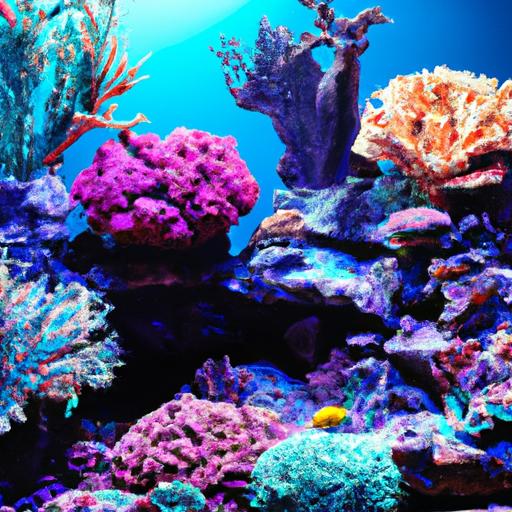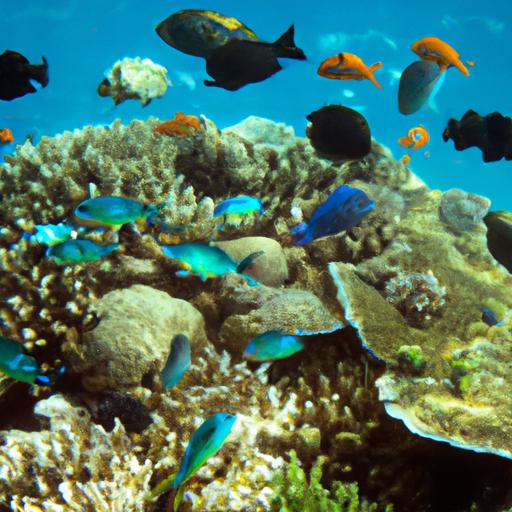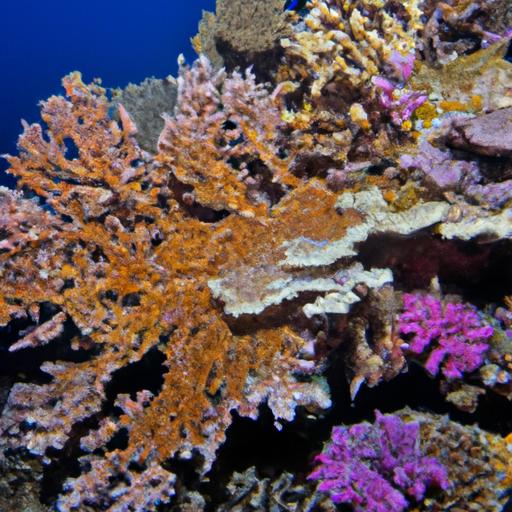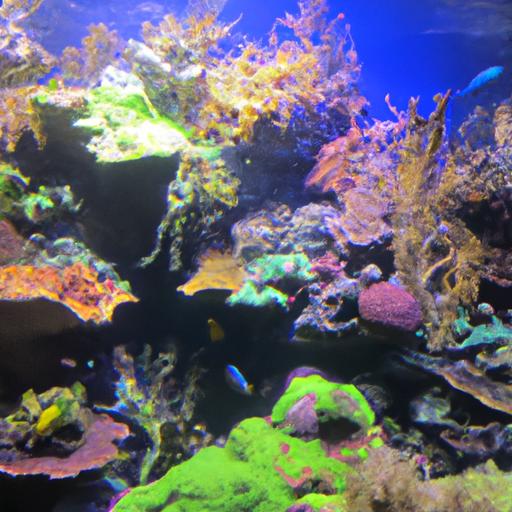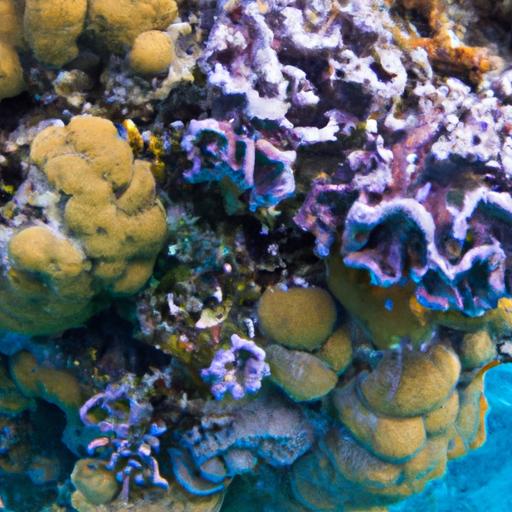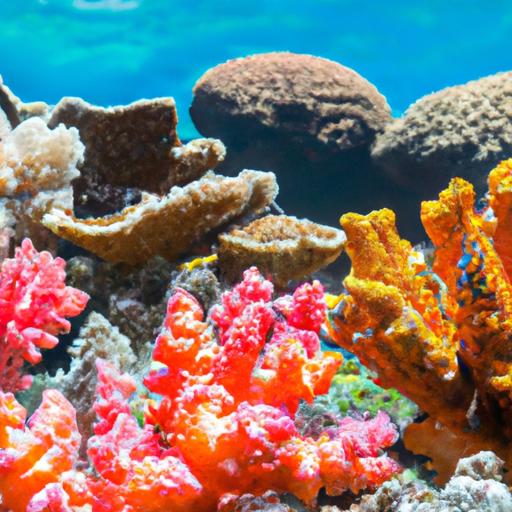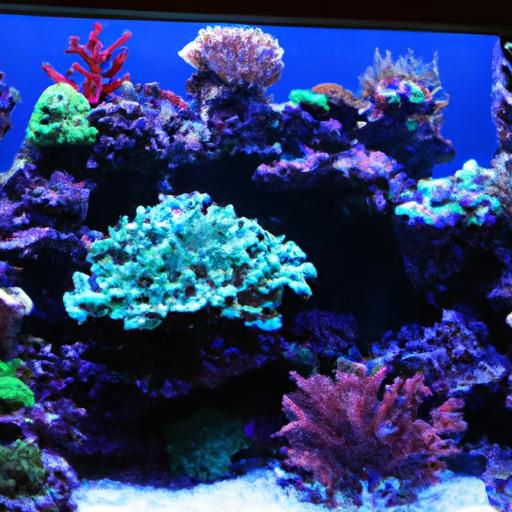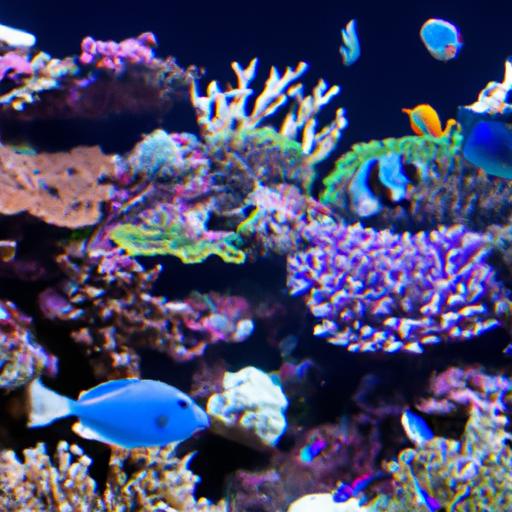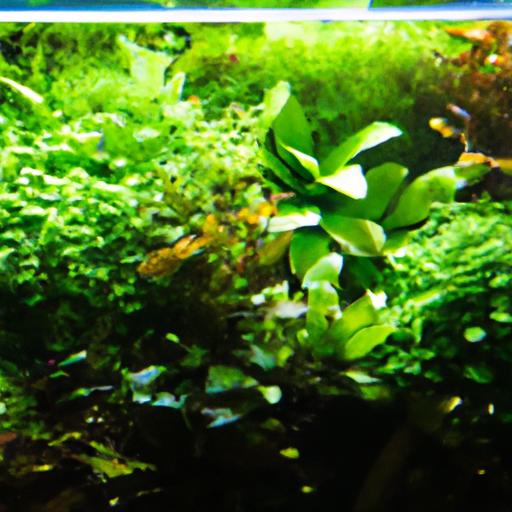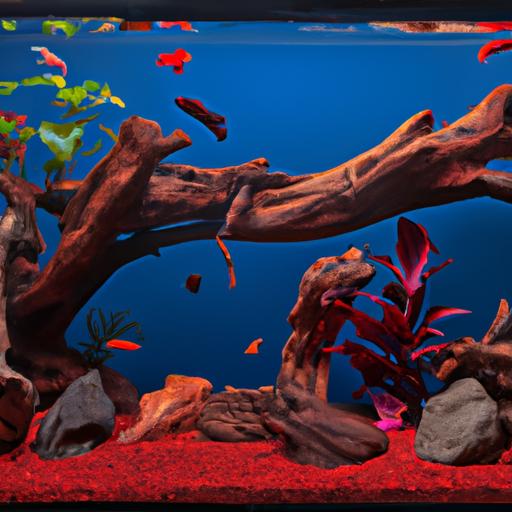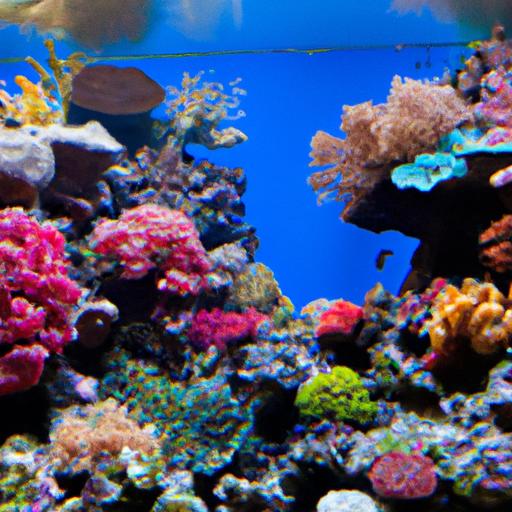
Creating a Diverse Coral Community: Tips for Selection
Looking to create a diverse coral community? Discover expert tips for selecting the right corals in our informative guide. Dive in now!
Introduction
When it comes to creating a thriving coral community in your aquarium, selecting the right corals is crucial. A diverse coral community not only adds beauty to your tank but also contributes to the overall health and balance of the ecosystem. In this article, we will explore essential tips for selecting corals that will help you create a diverse and vibrant underwater world right in your own home.
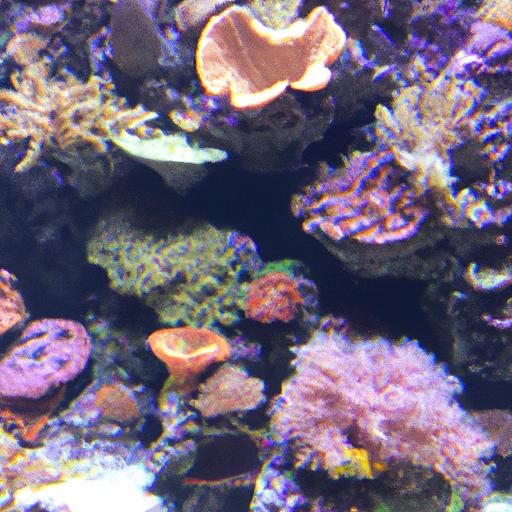
Tips for Coral Selection
To ensure the success of your coral community, it’s essential to make informed decisions when selecting corals for your aquarium. Here are some valuable tips to guide you:
Researching different coral species
Before diving into the world of corals, take the time to research and familiarize yourself with the various coral species available. Each species has unique characteristics, growth patterns, and requirements. Consider factors such as lighting needs, water flow preferences, and compatibility with other coral species and tank inhabitants.
Understanding coral compatibility is vital to avoid conflicts and promote a harmonious environment within your tank. Some corals may release toxins that can harm or even kill other coral species. By selecting compatible corals, you can ensure a peaceful coexistence and prevent unnecessary stress or aggression among your marine inhabitants.
Evaluating coral health and vitality
When choosing corals, always prioritize their health and vitality. Healthy corals are more likely to adapt and thrive in your aquarium. Look for corals with vibrant colors, polyps fully extended, and clear tissue. Avoid purchasing corals that show signs of disease, damage, or excessive bleaching.
Consider purchasing corals from reputable sources that prioritize the well-being of their marine life. Quarantine newly acquired corals to prevent the introduction of potential pests or diseases into your existing tank.
Considering coral growth patterns and placement
Coral growth patterns vary significantly, with some species spreading rapidly while others grow more slowly and require adequate space to expand. It is crucial to consider the growth rates and space requirements of the corals you select to prevent overcrowding and competition for resources.
Plan the placement of corals strategically to optimize their growth and aesthetics. Consider the lighting and water flow preferences of each coral species, as well as their proximity to other corals and tank inhabitants. Providing ample space between corals allows for better water circulation and reduces the risk of damage or chemical warfare between neighboring corals.
FAQ (Frequently Asked Questions)
Can different coral species coexist in the same tank?
Yes, different coral species can coexist in the same tank, given that they are compatible. Researching the compatibility of different coral species is essential to prevent conflicts and promote a harmonious environment within your aquarium.
How can I ensure the compatibility of coral with other tank inhabitants?
To ensure compatibility, consider the specific needs and behaviors of both the corals and other tank inhabitants. Avoid mixing aggressive or territorial species with delicate corals. Careful observation and monitoring of interactions between different inhabitants will help identify any issues and ensure a peaceful coexistence.
What are some common mistakes to avoid while selecting coral?
Avoid purchasing corals that show signs of disease, damage, or excessive bleaching. Additionally, refrain from overcrowding your tank with corals that have aggressive growth patterns or incompatible water flow and lighting requirements. Researching and understanding the specific needs of each coral species will help you avoid these common mistakes.
How often should I test water parameters when maintaining a diverse coral community?
Regular monitoring of water parameters is crucial when maintaining a diverse coral community. Aim to test water parameters at least once a week, including temperature, salinity, pH, ammonia, nitrate, and phosphate levels. Consistent monitoring allows you to identify and address any imbalances or issues promptly.
What are the best practices for acclimating and introducing new coral to an existing tank?
When introducing new corals to your tank, proper acclimation is vital to minimize stress and ensure a smooth transition. Gradually acclimate the coral to the water conditions in your tank by floating the bag in the aquarium to equalize temperature, and then slowly adding small amounts of tank water to the bag over time. This process allows the coral to adjust to the new environment gradually.
Conclusion
Creating a diverse coral community requires careful consideration and informed decision-making. By following the tips outlined in this article, you can select corals with confidence, ensuring a thriving and visually stunning underwater world in your aquarium. Remember to research different coral species, evaluate their health and vitality, and consider growth patterns and placement. With these essential tips, you can create a diverse coral community that will captivate and inspire both you and your guests.
